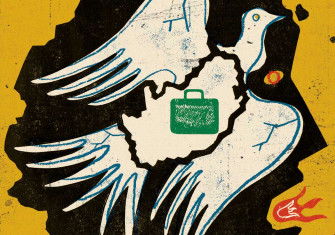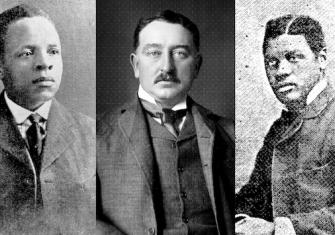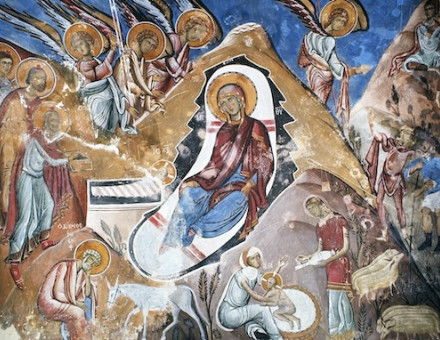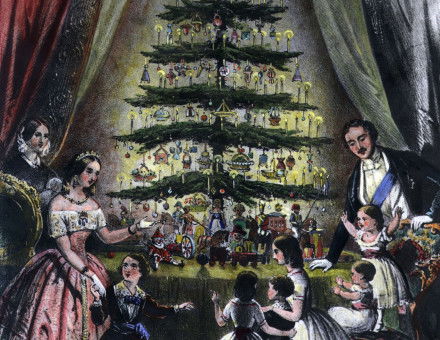‘Saving’ South Africa’s San Peoples
By the early 20th century the indigenous San peoples of South Africa were deemed to be almost extinct. The arguments for their protection drew on colonial methods of wildlife preservation and reduced them to the status of an endangered species.
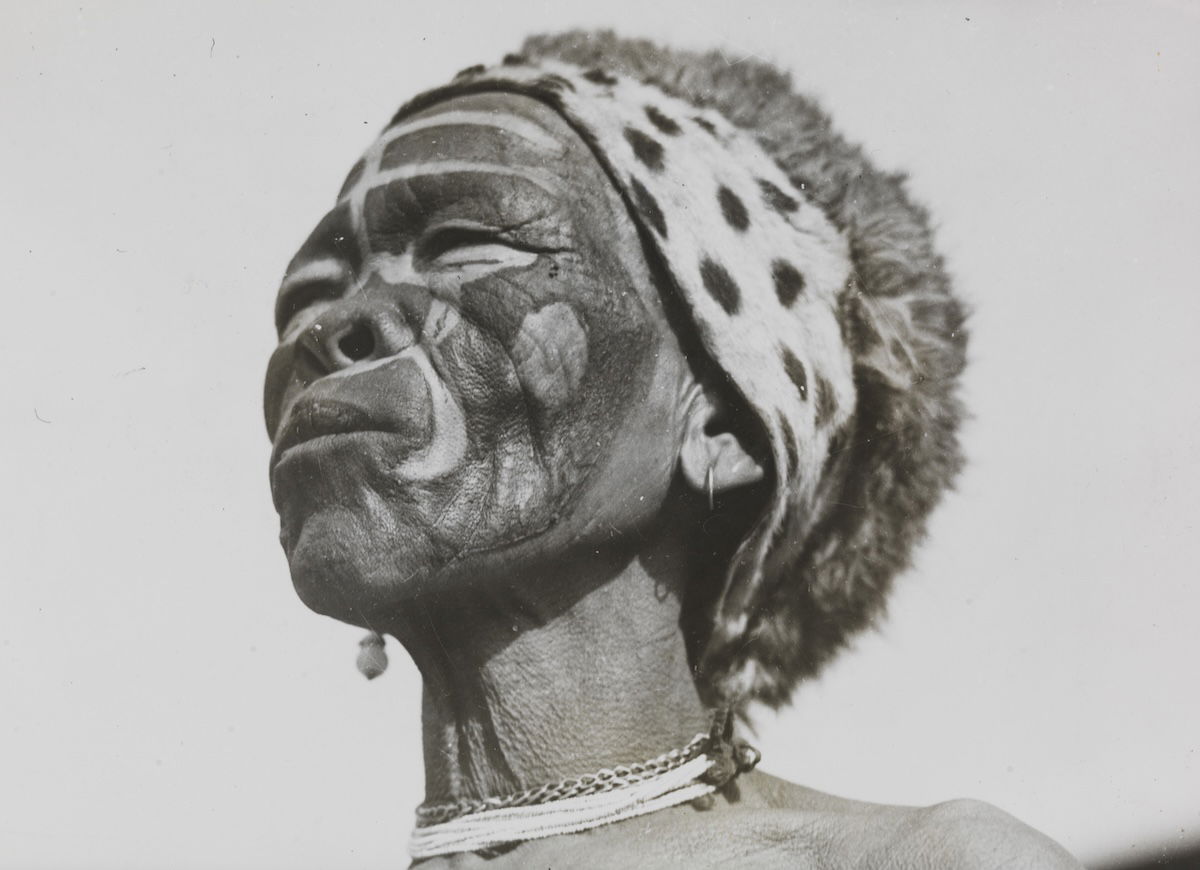
In 1919 the South African Rand Daily Mail reported on a shocking killing: a farmer, Vermaak, had ‘crossed the scent of Blinkvoet’, a rogue elephant, who ‘hunted him, brought him to bay, charged him, and smashed his body to a pulp’. Vermaak’s death was the latest in a series of skirmishes between humans and elephants. The notoriously dangerous Addo elephants were some of the last survivors of their species in this part of Africa and had been driven into the nigh-impenetrable Addo Bush, in the Eastern Cape. For decades, settler farmers had slowly but steadily encroached upon elephant territory, prompting violent encounters. Following farmers’ repeated complaints that the animals were vermin who raided their crops, the colonial government proposed two potential solutions: hiring Indian mahouts to domesticate the animals and put them to work on the very farms they were raiding, or eliminating the entire herd. After much debate the former was deemed unfeasible and in 1919, the Eastern Province Herald reported, a campaign to ‘exterminate’ the elephants commenced, led by big game hunter P.J. Pretorius.




